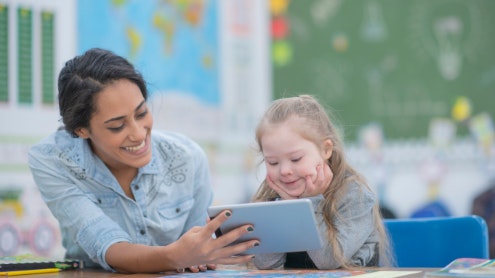Homepage
•
Learning Library
•
Blog
•
The New Era of Accessible Tech
Expand breadcrumbs
Expand breadcrumbs
- Learning Library
- Blog
- The New Era of Accessible Tech
- Homepage
- •
- Learning Library
- •
- Blog
- •
- The New Era of Accessible Tech
The New Era of Accessible Tech
By Jennifer Snelling
August 1, 2022








